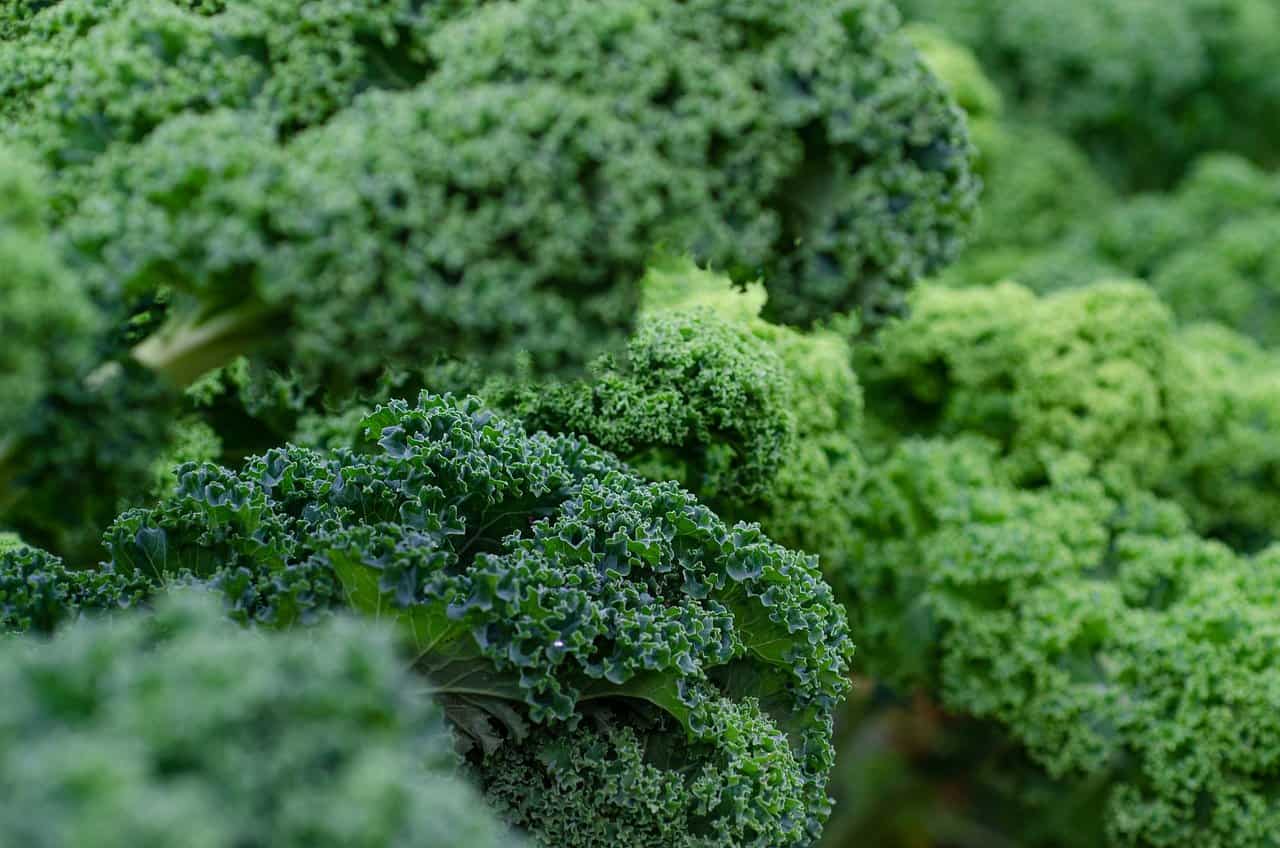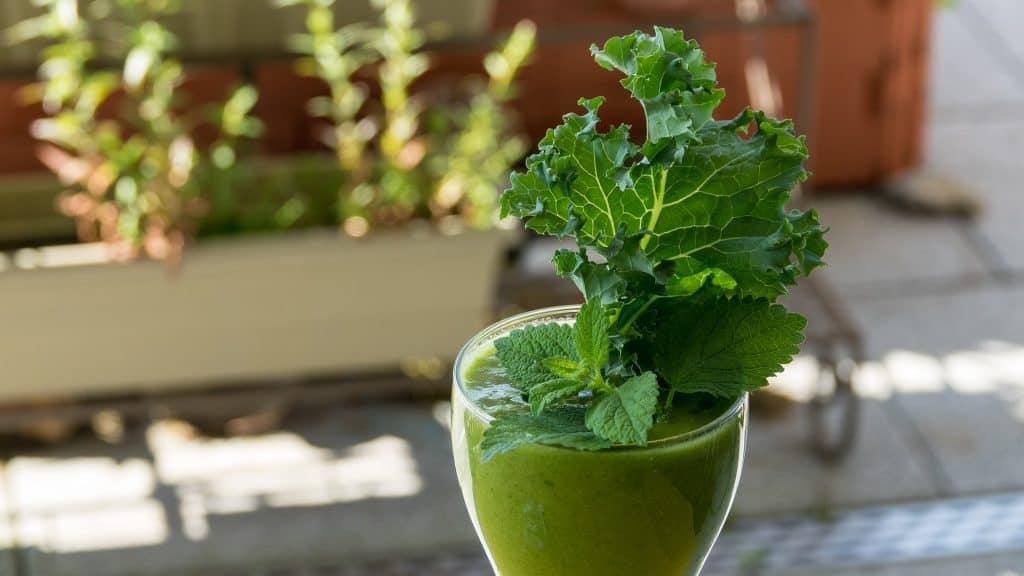
Kale is a very popular vegetable. It is associated with fit geeks and people who are very concerned about their health.
Despite many ridiculous memes with kale in the background, many nutritionists and personal trainers highly recommend it as part of a healthy and balanced diet. What is hidden in its green leaves and why is it so healthy? We will try to answer both of these questions.
Interestingly, kale is a variety of cabbage, but unlike it, it has wrinkled and long leaves. It can be found in different varieties, although it is most popular in its green leafy form. It is also sometimes found in a purple-green or purple-brown shade
It is an appropriate addition to hot dishes, but also tastes great in salads and smoothies. During slow cooking it does not lose its health-promoting properties, that is why it can also be served with a casserole or a vegetable dish.
Kale is a great and natural source of fiber, as well as many vitamins, including vitamin C, which protects blood vessels and strengthens the body’s immune system.
It is also an invaluable source of mineral salts – calcium, potassium and iron. It is especially recommended to people suffering from anemia. It has up to twice the amount of iron in comparison to the more known and loved spinach!
Kale is also a vegetable that has sulforaphane, a powerful antioxidant that acts against free radicals. It slows down the aging of the body, including the skin, which is very good news for those who want smooth and firm skin
Importantly, sulforaphane contained in kale can protect you from lung or colon cancer. To preserve its health-promoting properties, cook kale just like broccoli, for a maximum of 3-4 minutes in steam. High heat unfortunately kills this valuable ingredient. Kale also has valuable indoles that inhibit the secretion of active estrogens. So by eating it you can prevent the development of breast cancer.

Kale is also a great source of polyphenols, which are strong antioxidants. These include beta carotene, zeaxanthin, and lutein, known from many supplements that support proper vision. They inhibit harmful oxidative processes and may prevent the development of cancer.
Vegetables and fruits owe their color to carotenoids. Kale, in turn, has its color thanks to a high dose of chlorophyll – a green pigment. It has antioxidant properties and helps cleanse the body of toxins. Thus, we can say that it flushes out harmful carcinogens, so that less of them reach the cells of the human body.
Kale is an ideal vegetable for people who struggle with high blood pressure: the magnesium, calcium and potassium contained in it have a protective effect on the blood vessels, so that the circulatory system can work properly. Calcium is also involved in transporting blood to the body’s cells, which is why it is so important in a daily diet. Kale also prevents the accumulation of “bad” LDL cholesterol, so it is especially recommended for people after a heart attack.
Kale has many health-promoting properties and should be an integral part of a healthy and balanced diet.
Recipes for smoothies with kale and other dishes can be found on many healthy food websites. Thanks to the right choice of ingredients they are light, filling, but above all tasty. Check out the best smoothies with kale in the lead role.
Cut the apple into pieces, but do not peel it. Slice the banana and tear the kale into small pieces. Blend everything to a smooth paste, adding optional half a cup of water and some stevia to taste.
Peel the beet and steam it until it is somewhat very soft. Cut it into pieces and add it to the blender along with the kale, lemon juice and water. You can also add stevia to taste.
Photo by Katharina N./Pixabay